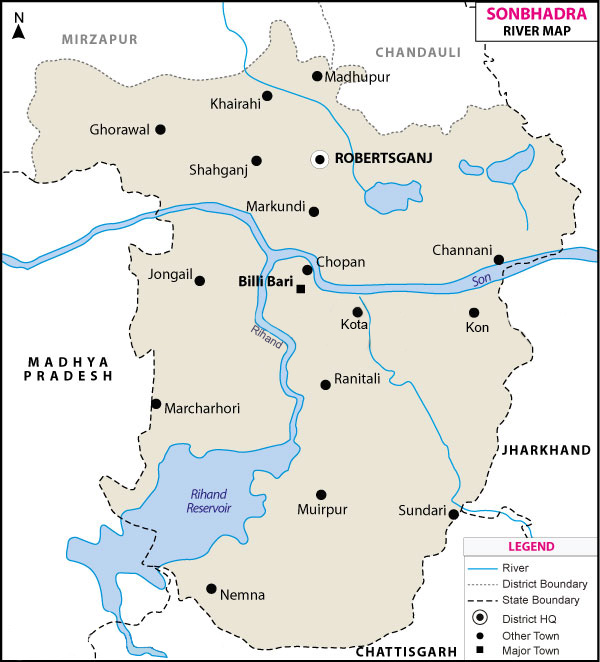Indian Economy
Gold Deposits in Sonbhadra
- 22 Feb 2020
- 5 min read
Why in News
The Geological Survey of India has rejected the UP government's Department of Geology and Mining claims of discovering about 3,000 tonnes of gold deposits in Uttar Pradesh’s Sonbhadra district, saying the actual estimated reserve stands at 160 kg.
Gold: Science
- Gold is a chemical element with the symbol Au (from Latin: Aurum) and atomic number 79.
- Some of the unique properties of gold are:
- Conducts electricity.
- Resistant to corrosion.
- Exceptionally malleable and ductile.
- Catalytic properties.
- Biocompatible.
- Nanogold.
Gold: Currency
- Owing to its unique qualities, gold has been the one material that is universally accepted in exchange for goods and services.
- Gold began to serve as backing for paper-currency systems when they became widespread in the 19th century and from the 1870s until World War I, the gold standard was the basis for the world’s currencies.
- Although gold’s official role in the international monetary system had come to an end by the 1970s, the metal remains a highly regarded reserve asset and approximately 45% of all the world’s gold is held by governments and central banks for this purpose.
- Gold is still accepted by all nations as a medium of international payment.
-
India’s Forex Reserve also includes Gold along with Foreign Currency Assets (such as dollar) and Special Drawing Rights.
Why Gold
- There are five precious metals which can potentially be worked with: platinum, palladium, rhodium, silver and gold. Silver has been used as money but it tarnishes over time. Rhodium and palladium are more recent discoveries with limited historical uses.
- Platinum and gold are the remaining elements. Platinum’s extremely high melting point makes it impractical to melt. Thus gold is the only option left. It melts at a lower temperature and is malleable, making it easy to work with.
Gold: Facts
- According to the World Gold Council, India has gold reserves of more than 600 tonnes, the 10th largest in the world.
- U.S has the highest gold reserves with 8,133.5 tonnes of total gold reserves, followed by Germany with 3,366.8 tonnes and the International Monetary Fund (IMF) with a holding of 2,451.8 tonnes
- The weight of gold is measured in troy ounces (1 troy ounce = 31.1034768 grams), however its purity is measured in ‘carats’. 24 carat is pure gold with no other metals.
Sonbhadra
- Sonbhadra is the second largest district (area-wise) of Uttar Pradesh after Lakhimpur Kheri.
- It is the only district in the country which shares borders with four states.
- Madhya Pradesh to the west, Chhattisgarh to the south, Jharkhand to the south-east and Bihar to the east.
- Sonbhadra district is an industrial zone and has lots of minerals like bauxite, limestone, coal, gold etc.
- It is drained by tributaries of the Ganges including the Belan and Karmanasha rivers. Son river flows through the district from west to east. Rihand river rises to the south in the highlands of Surguja district of Chhattisgarh and flows north to join the Son in the centre of Sonbhadra.
- The Govind Ballabh Pant Sagar (also known as Rihand Dam) is a reservoir on the Rihand, lies partly in the district and partly in Madhya Pradesh.
- Kaimoor Wildlife Sanctuary lies mostly within Sonbhadra, reaching generally east and west along the Kaimur Range, and extending to the Son river at its eastern end.
- Sonbhadra is known for its several Cave painting sites found in the Vindhya region.
- The Lakhania caves are located in the Kaimur ranges and are known for their beautiful ageless rock paintings.
- These historic paintings are about 4000 years old.
- Khodwa Pahar or Ghoramangar is another well-known ancient cave painting site.
- The Lakhania caves are located in the Kaimur ranges and are known for their beautiful ageless rock paintings.







